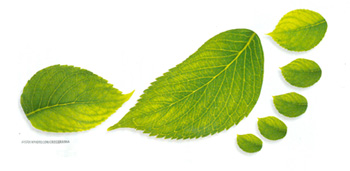Building Orientation:
Building placement is a critical component to exploit the benefit of solar gain to reduce energy consumption. New construction and additions are analyzed for the most intelligent building orientation.
Increased Insulation:
Increased insulation and airtightness in both new construction and renovations can greatly improve energy efficiency and save money on HVAC systems and fossil fuels.
Renewable Energy:
Solar panels, wind turbines, solar water heating and ground source heat pumps are great options for new construction and renovation projects.
Green Materials:
Durable building materials, such as recycled, low impact, sustainably certified can also improve indoor air quality, eliminate toxic chemicals, and create a healthier building.
Waste & Water Management:
Smarter water conserving appliances, on site waste management, greywater system for irrigation, rainwater harvesting, and greywater reuse are some of the options for reducing water demand.
Adaptive Re-use:
Whether of historic significance or not, preservation of existing buildings is the most effective way to realize truly sustainable architecture.
U.S. Green Building Council USGBC Approved Professional (LEED AP BD + C)
As a USGBC Approved Professional in Leadership in Energy and Environmental Design in Building Design and Construction (LEED AP BD&C), Janus applies best practices in sustainable design and consults on LEED- redefining the way we think about the places where we live, work and learn. As an internationally recognized mark of excellence, LEED provides building owners and operators with a framework for identifying and implementing practical and measurable green building design, construction, operations and maintenance solutions.


